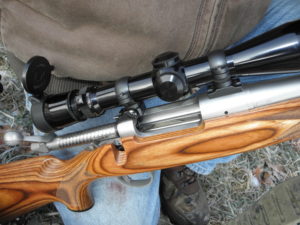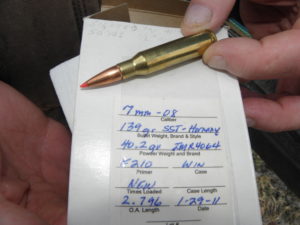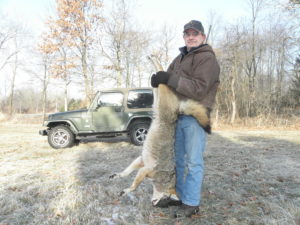By Glen Wunderlich
Each year at this time, the Quality Deer Management Association (QDMA) publishes the latest data available relative to the status of the country’s whitetail deer herd. The 2017 Whitetail Report, QDMA compared harvest data from the three most recent seasons available: 2013-14, 2014-15, and 2015-16. What follows is a snapshot of Michigan’s results and other relevant trends and comparisons to other states.
Before getting into the numbers, however, it has just been announced that two female deer from a Mecosta County captive cervid operation have tested positive for Chronic Wasting Disease (CWD). As with the response to CWD in free-ranging deer around Meridian Township, the discovery will mean mandatory deer checks and other means of monitoring the always-fatal disease including quarantining and depopulating the affected farm. Hunters will, once again, be the primary source of containing the disease and are being asked to cooperate with the effort.
Apart from the Whitetail Report, six of the 37 states in the Midwest region to which Michigan belongs, have already compiled results from the just-completed deer seasons and only New York shows an increase in deer take. Wisconsin’s season was about the same, while Illinois, Ohio, New Hampshire, and Iowa reported decreases ranging to 10 percent.
Although Michigan’s overall kill numbers continue to trend downward, as well, the percentage of buck’s taken by age class remains promising in an effort to allow our deer to mature. While Michigan hunters took some 8 percent more bucks aged 1.5 years or older in 2015, its numbers have declined 7 percent over a 5-year average. Interestingly, Michigan places second only to Texas in the number of bucks taken.
More precisely, in the category of bucks taken by age class, Michigan has made great strides in recent history. A few short years ago, Michigan led the Midwest region for the dubious distinction of taking yearling bucks (1.5 years old). Current statistics show only 44 percent of bucks taken were yearlings, while 29 percent were 2.5 years old, and a steady increase in the mature category of 3.5 years-old or older to 27 percent.
Michigan’s antlerless numbers taken continue to show a significant decrease – last year showing some 26 percent less over the 5-year average. What this means is that Michigan is doing relatively little to balance the buck-to-doe ratio.
As predicted, antler point restrictions are having a positive impact, as can be seen by the increased number of mature bucks taken in recent years. With this in mind, another related aspect of whitetail management could be considered to further the cause of Quality Deer Management. QDMA recommends a change in what is considered an antlered buck, because we have access to better optics than ever before, and should therefore, be able to determine if a deer is a buck, if it has any visible antlers above the hairline. This makes sense, because a buck is still a buck.
To learn more and to get involved, The Shiawassee Conservation District is partnering with the Shiawassee River Branch QDMA to host a Wildlife Habitat Workshop, Saturday February 11, 2017, 9 am to noon, at the Shiawassee Conservation Association, 4247 N. M-52, Owosso. There is no charge and a free lunch will be provided. Present will be DNR wildlife biologist, Chad Fedewa, QDMA guru, Ed Spinazzola, and Jeff Tuller, consulting forester. Reservations are required by contacting the Shiawassee Conservation District by February 3 at 989-723-8263 ext., 3, or online at www.shiawasseeccd.org.








